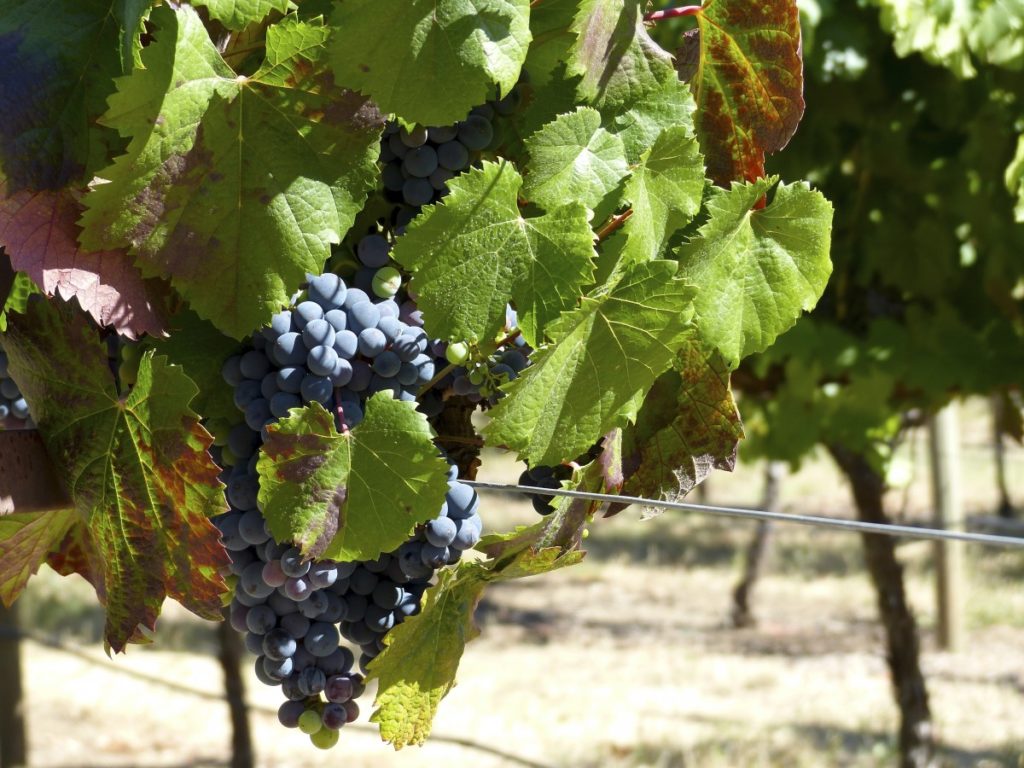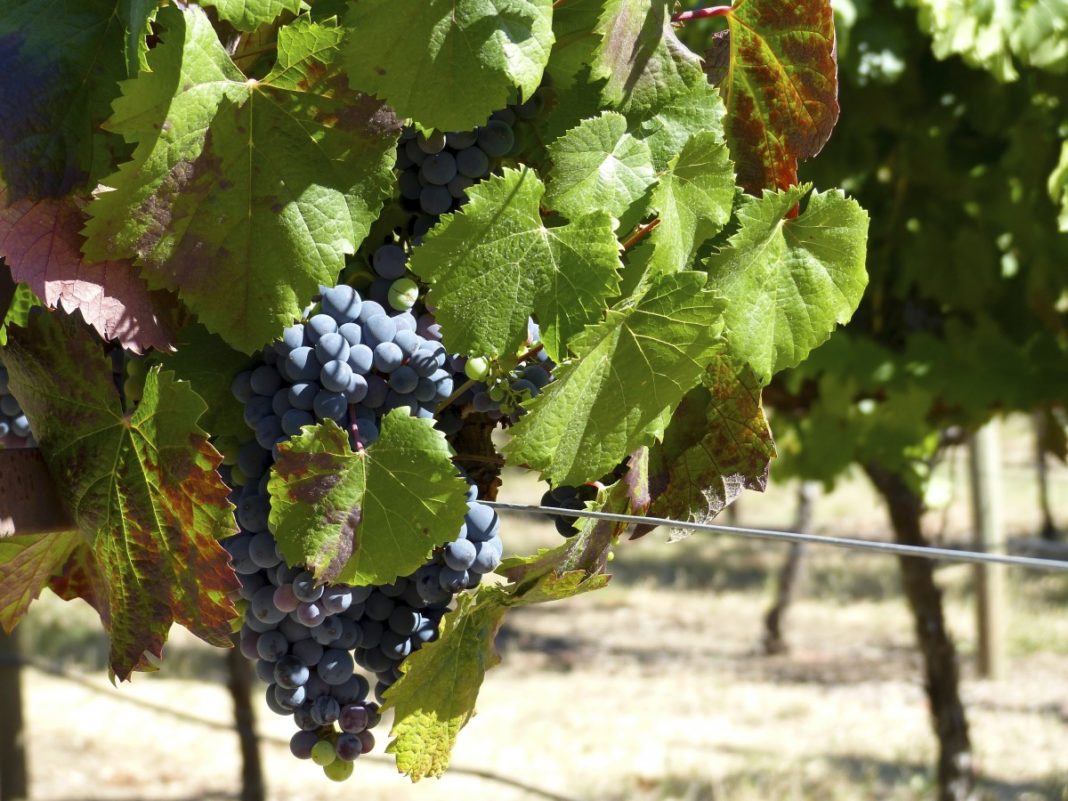The vineyard, which was planted in 2012, reportedly occupies about a quarter-square-mile of land on the Tibet Plateau and features 11 different grape varieties from the well-known Muscat to the far more unique Bei Bing Hong, an indigenous variety used in ice wine.

Techniques used to cope with the conditions include dry farming in spring, relatively late picking, and irrigation systems imported from Israel.
As expected, growing grapes in such a high-altitude location weren’t easy. According to Decanter, Rong Shun Biotechnology Development Ltd., the owner of the vineyard, tried a number of locations before landing in the Cai Na area, which, interestingly enough, apparently means “source of vegetables.” “We soon realized that viticultural know-how from lower-altitude vineyards was useless when it came to planting vines on the high altitude areas of the Tibet Plateau,” a spokesperson was quoted as saying.
Despite their struggles, however, the company also said it’s hoping to expand the size of the vineyard tenfold over the next years, as well as adding production and wine tourism facilities. It’s certainly a stop that would look pretty impressive on your list of wine travels.
A few other sites come close to the one in Tibet, notably those in Argentina’s Salta region. Vineyards at Colomé Estate, for example, sit at around 3,111 meters above sea level.
According to Wikipedia















